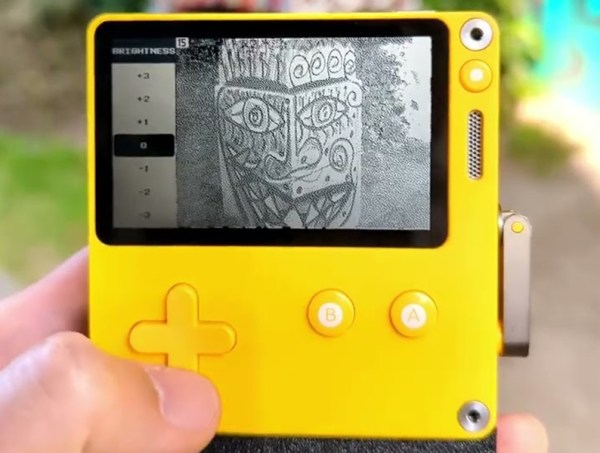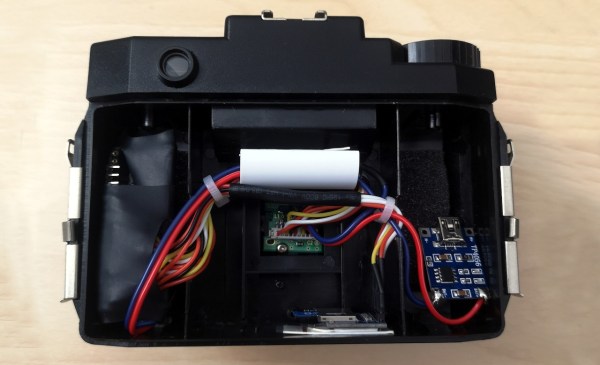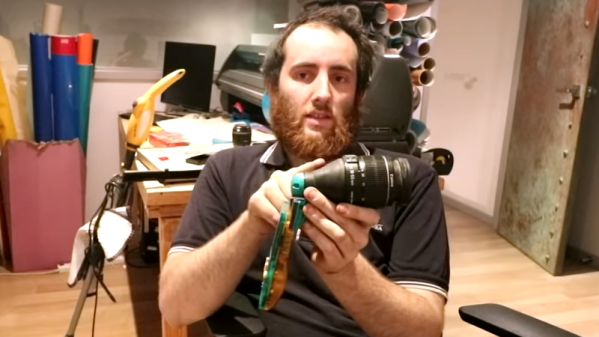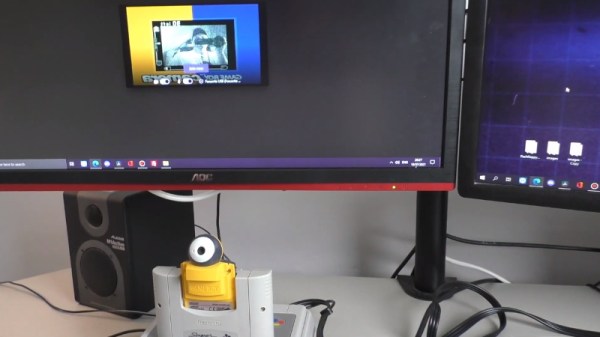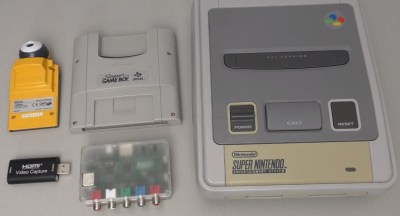When the Game Boy Printer was released back in 1998, being able to produce a hard-copy of your Pokémon diploma or your latest Game Boy Camera snapshot at the touch of a button was was pretty slick indeed. But in our modern paperless society, the GB Printer somehow sticks out as even more archaic than the other add-on’s for Nintendo’s iconic handheld. Even among the folks who are still proudly playing the games that support the Printer, nobody actually wants to print anything out — although that doesn’t mean they don’t want to see the images.
The TinyGB Printer, developed by [Raphaël BOICHOT] and [Brian KHUU], could be considered something of a Game Boy Non-Printer. Powered by the RP2040 Zero development board, this open source hardware device plugs into your Game Boy and is picked up by all the games as a legitimate Printer. But instead of cranking out a little slip of thermal paper once you hit the button, the image is displayed in all its 240×240 glory on a 1.3 inch TFT display mounted to the top of the board.
Continue reading “An Instant Gratification Game Boy Printer”



